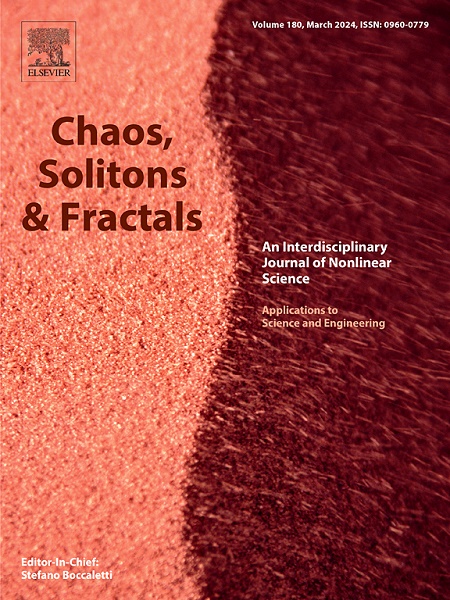Forecasting chaotic time series: Comparative performance of LSTM-based and Transformer-based neural network
IF 5.3
1区 数学
Q1 MATHEMATICS, INTERDISCIPLINARY APPLICATIONS
引用次数: 0
Abstract
The complexity and sensitivity to initial conditions are the main characteristics of chaotic dynamical systems, making long-term forecasting a significant challenge. Deep learning, however, is a powerful technique that can potentially improve forecasting in chaotic time series. In this study, we explored the performance of modern neural network architectures in forecasting chaotic time series with different Lyapunov exponents. To accomplish this, we created a robust dataset composed of chaotic orbits with Lyapunov exponents ranging from 0.019 to 1.253 and used state-of-the-art neural network models for time series forecasting, including recurrent-based and transformer-based architectures. Our results show that LSTNet presents the best results in one-step-ahead and the recursive one-step-ahead forecasting for the majority of the time series in our dataset, enabling the prediction of chaotic time series with high Lyapunov exponent. Additionally, we observed that the sensitivity to initial conditions and complexity still affects the performance of the neural networks, decaying predictive power in time series with larger Lyapunov exponent.
求助全文
约1分钟内获得全文
求助全文
来源期刊

Chaos Solitons & Fractals
物理-数学跨学科应用
CiteScore
13.20
自引率
10.30%
发文量
1087
审稿时长
9 months
期刊介绍:
Chaos, Solitons & Fractals strives to establish itself as a premier journal in the interdisciplinary realm of Nonlinear Science, Non-equilibrium, and Complex Phenomena. It welcomes submissions covering a broad spectrum of topics within this field, including dynamics, non-equilibrium processes in physics, chemistry, and geophysics, complex matter and networks, mathematical models, computational biology, applications to quantum and mesoscopic phenomena, fluctuations and random processes, self-organization, and social phenomena.
 求助内容:
求助内容: 应助结果提醒方式:
应助结果提醒方式:


